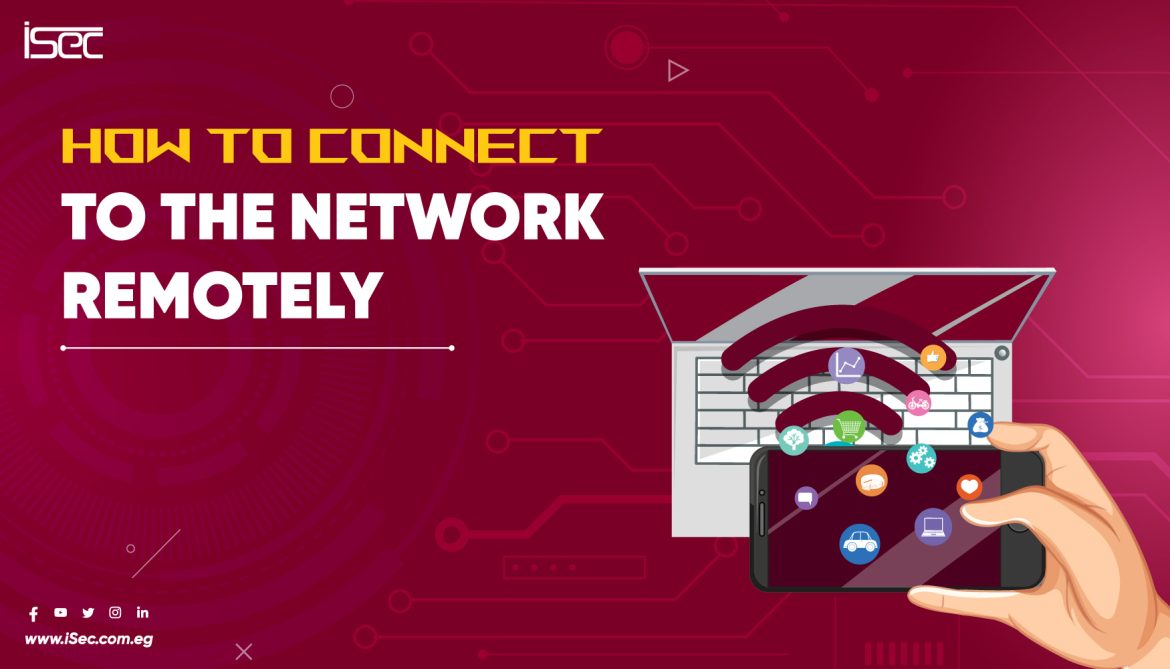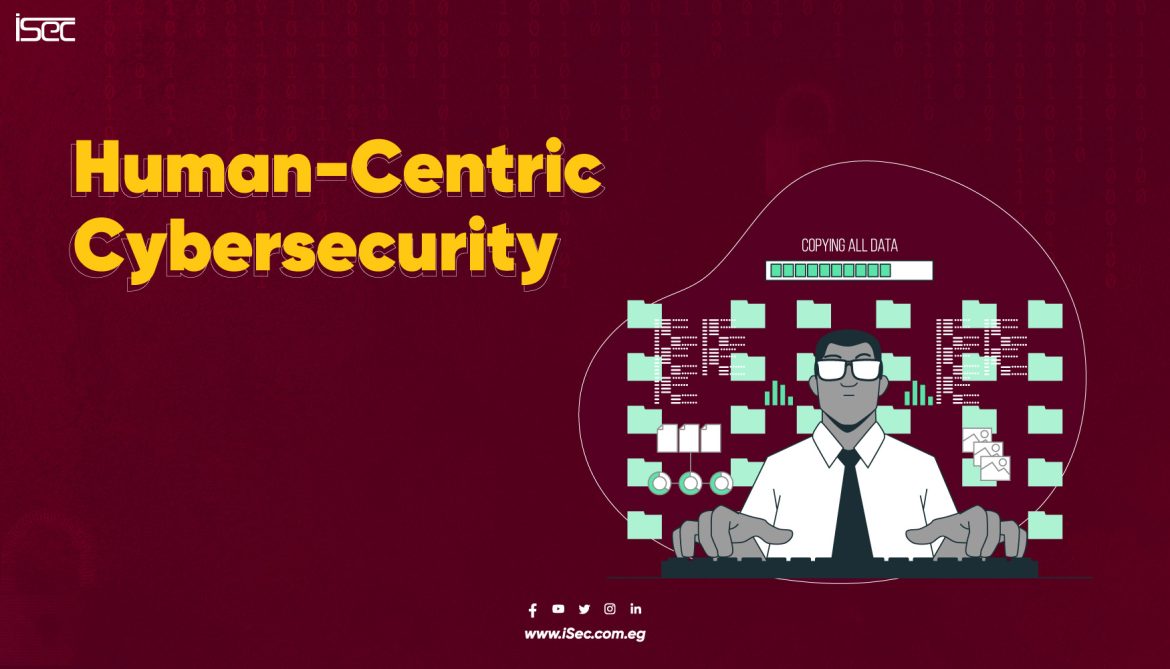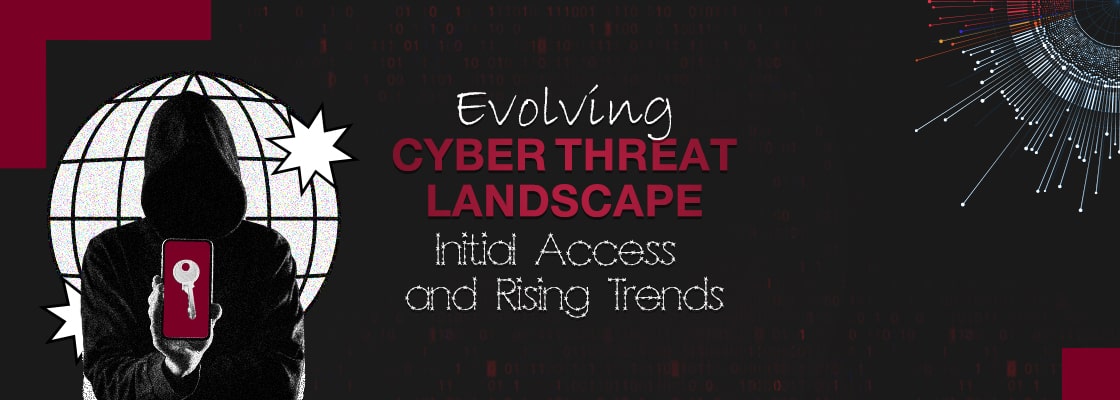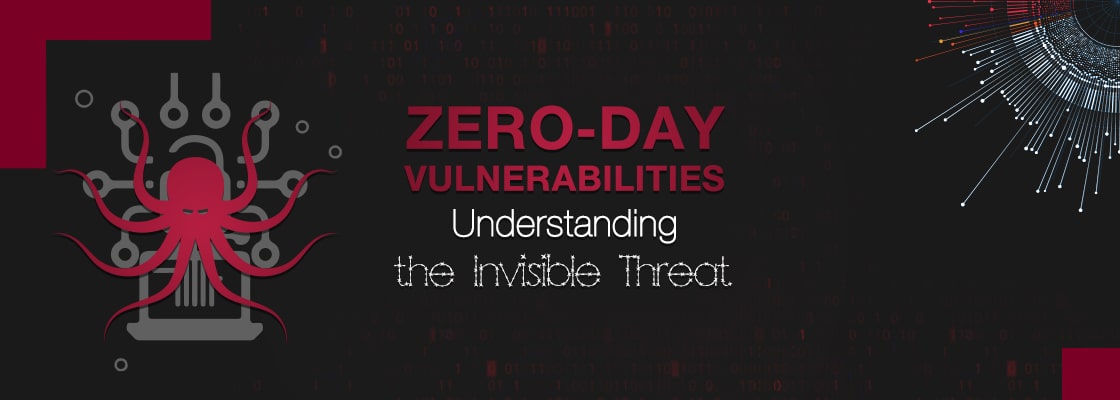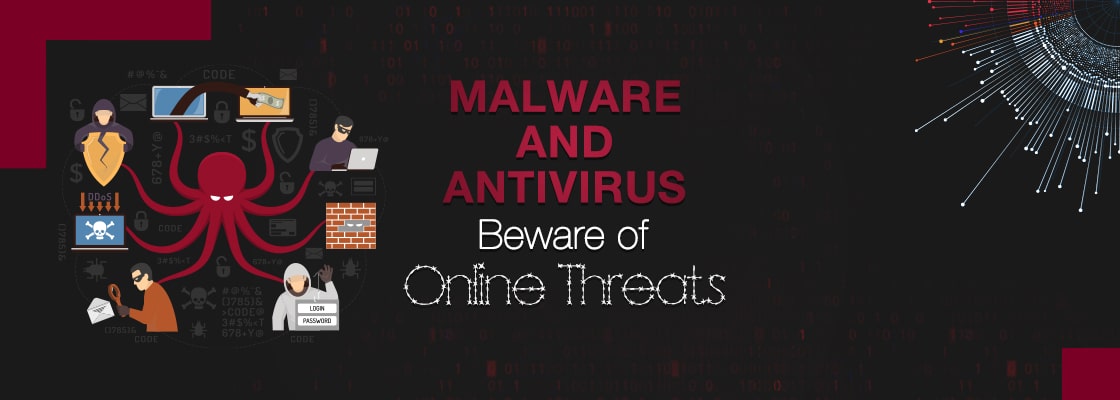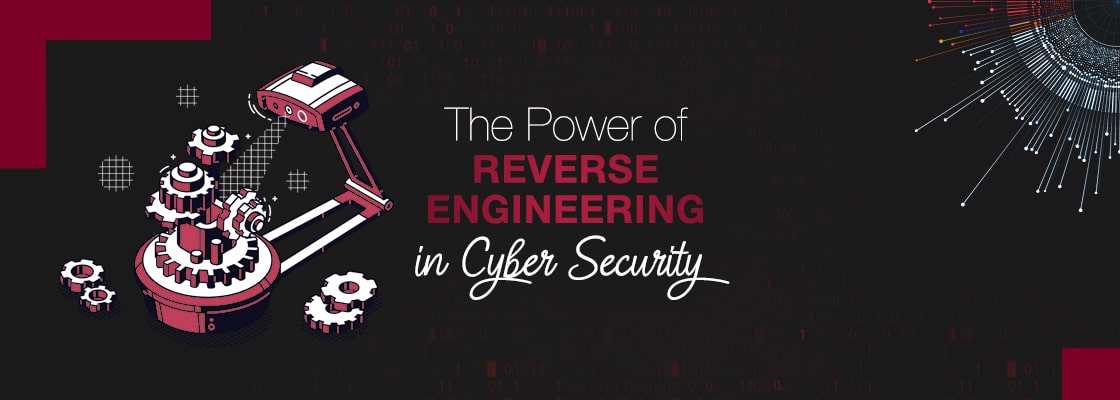How to Connect to the Network Remotely
Require employees and vendors to use secure connections when connecting remotely to your network. They should: Use a router with WPA2 or WPA3 encryption when connecting from their homes. Encryption protects information sent over a network so that outsiders can’t read it. WPA2 and WPA3 are the only encryption standards that will protect information sent
- Published in Blog
Deception Technologies in Cybersecurity
In the ever-evolving landscape of cybersecurity, traditional defense mechanisms are often not enough to thwart sophisticated cyber threats. As cybercriminals become more adept at bypassing conventional security measures, organizations need to adopt innovative strategies to protect their valuable data and systems. One such cutting-edge approach is the use of deception technologies. What are Deception Technologies?
- Published in Blog
Human-Centric Cybersecurity
In the evolving landscape of cybersecurity, one factor remains constant: the human element. Despite advances in technology, people continue to be both the strongest and weakest links in the security chain. Human-centric cybersecurity aims to address this by focusing on the behaviors, awareness, and practices of individuals within organizations. By understanding and mitigating human vulnerabilities,
- Published in Blog
Understanding SQL Injection Attacks: Risks, Prevention, and Best Practices
In the world of cybersecurity, SQL injection (SQLi) attacks remain a prevalent and serious threat to web applications and databases. These attacks target the vulnerabilities in the way web applications handle user-supplied data, allowing malicious actors to manipulate database queries and potentially gain unauthorized access to sensitive information. In this blog post, we’ll delve into
- Published in Blog
Evolving Cyber Threat Landscape: Initial Access and Rising Trends
In recent years, we’ve observed substantial changes in the strategies deployed by threat actors to compromise major companies and organizations, regardless of the preventative security measures in place. This blog post, the first in a forthcoming series, explores the evolving tactics and innovations of these threat actors, with a spotlight on recent trends. Today, our
- Published in Blog
Zero-Day Vulnerabilities: Understanding the Invisible Threat
In the fast-paced world of cybersecurity, new threats constantly emerge, posing risks to individuals, businesses, and governments alike. One such formidable threat is a zero-day vulnerability. Understanding the nature of these invisible threats is the first step in effectively mitigating their risks. By adopting a proactive approach, staying updated, implementing robust security measures, and promoting
- Published in Blog
Malware and Antivirus: Beware of Online Threats
Our lives are becoming increasingly digital, making it even more important to protect our computers from malware. Malware, or malicious software, is software that harms or exploits computers. From stealing personal information to crashing systems and even rendering them unusable, malware can cause a wide range of problems. Evolution of Malware Malware has been around
- Published in Blog
Phishing Attacks: The Cyber Criminals’ Favorite Method
Phishing attacks are a type of cyber attack where cyber criminals use fraudulent emails or websites to trick individuals into providing sensitive information. These attacks can be very convincing, often using logos and branding that appear to be from legitimate sources. How Phishing Attacks Work Phishing attacks typically involve an email or message that appears
- Published in Blog
Social Engineering: Understanding, Preventing, and Mitigating Risks
Social engineering is a term that has become increasingly relevant in today’s fast-paced, technology-driven world. It refers to the psychological manipulation of individuals to divulge sensitive information or perform specific actions, often with malicious intent. What is Social Engineering? Social engineering refers to the art of manipulating people into divulging sensitive information or performing actions
- Published in Blog
The Power of Reverse Engineering in Cyber Security
The reverse engineering process in cyber security involves understanding how a system, application, or device works in order to identify potential security flaws. With the growing sophistication of cyber attacks, reverse engineering has become an essential tool for cyber security professionals. What is reverse engineering? Reverse engineering is analyzing a system, application, or device to
- Published in Blog

